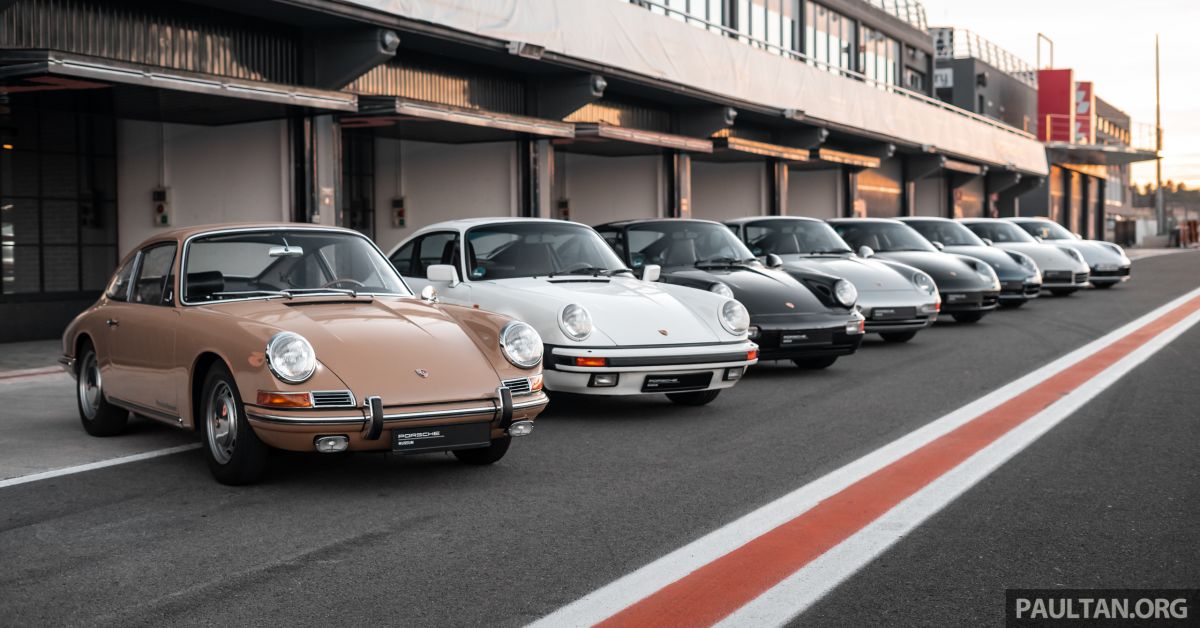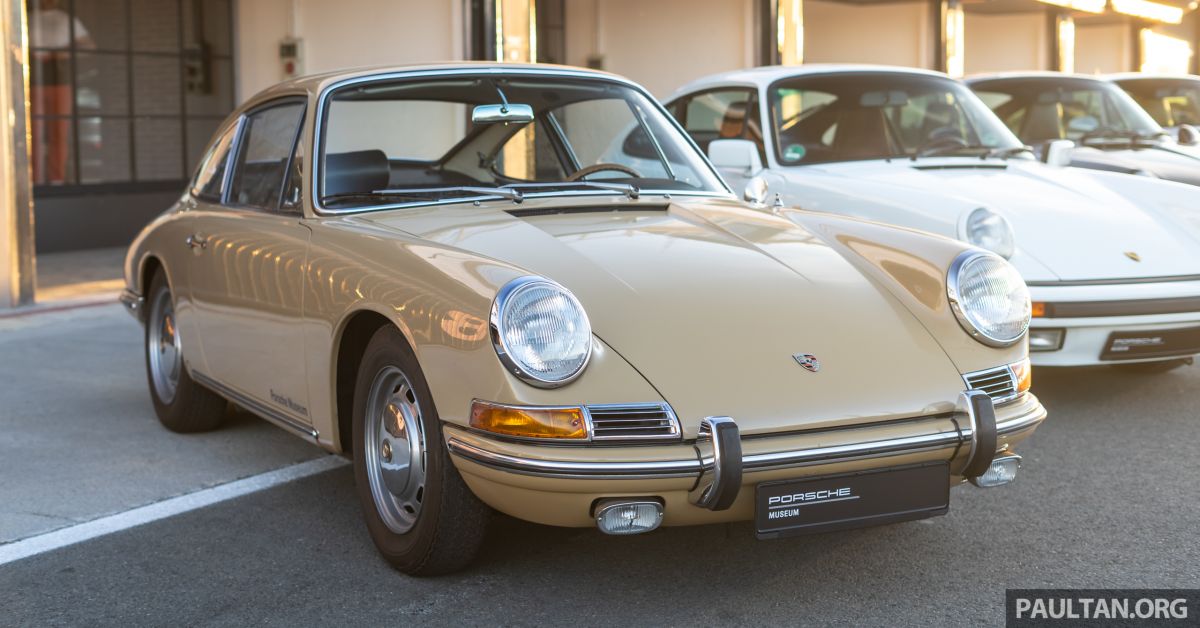The automotive world, for as long as it has been in existence, has seen some truly phenomenal four-wheeled vehicles grace the tarmacs of the earth. Some were revolutionary game changers, others established unrivalled cult following, but those which did both were few and far between.
The Porsche 911 is an automotive icon that has been benchmarked countless times and boasts a staunch following in all corners of the world. It’s a living legend that, to this day, continues to embody the rear-mounted Boxer engine tradition it first adopted 56 years ago. As far as series production cars go, the 911 is perhaps the remaining one of its kind today, and it gets better with every generation. Let’s go back in time.
The original Porsche 911 – 1963 to 1973
The original model was known as the 901, but was later changed to the 911 following a brief row with Peugeot on naming rights. It made its global debut at the German International Auto Show in 1963, complete with a new air-cooled flat-six petrol engine delivering 130 PS. As production continued, the model range expanded from the coupe to the Targa (complete with a thick roll-over bar for safety), then the 911 S with 160 PS joined the line-up in 1966.
In 1969, the 911’s wheelbase was lengthened by 57 mm, resulting in calmer handling. Engine displacement was increased from 2.0 litre to 2.4 litre (this saw the 911 S’ output bumped up to 190 PS), but the range-topping 911 Carrera RS gets a fire-breathing 2.7 litre engine making 210 PS and 255 Nm of torque without turbocharging. The RS weighed in at just 1,000 kg, rocketed from 0-100 km/h in 6.3 seconds, and had a top speed of 245 km/h.
A total of 111,955 units of the G Series 911 were sold throughout the 10-year production run, but only 1,525 units of the Carrera RS left the factory gates in Zuffenhausen.
Source: Read Full Article


